Please fill out the form below to download the full e-book.
Selecting the right roll filtration media is a critical decision for engineers and procurement professionals in industrial settings. An optimal filter media ensures efficient removal of contaminants, protects equipment, and maintains product quality.
This guide expands on key considerations when choosing roll filter media for liquid filtration systems, providing a comprehensive overview of filtration system types, synthetic media materials, selection factors, and supplier evaluation. We draw on our expertise of over 80 years in industrial filtration to help you make informed, technically sound decisions. By the end of this guide, you will understand how different filtration systems work, the properties of common filter media, the critical factors in media selection, and best practices for procuring high-performance filtration solutions.
Effective filtration is critical for industrial fluid systems, particularly in coolant management, water treatment, and food & beverage operations. Among the many media choices available, Filpaco® Rayon, engineered and supplied by Great Lakes Filters, stands out as a trusted standard—particularly for automatic indexing gravity bed filters. With its cellulose-synthetic fiber blend, Filpaco® media offers superior wicking, consistent particle retention, and excellent compatibility with metalworking fluids and aqueous coolants. Selecting the right roll media—especially one with the proven performance of Filpaco®—can drastically reduce operational costs, prevent equipment failure, and ensure regulatory compliance.
Table of Contents
- Introduction — pg. 4
- Understanding Filtration Media for Different Systems — pg. 6
- Automatic Indexing Gravity Filters — pg. 8
- Central System Vacuum Filters — pg. 12
- Pressure Filtration Systems — pg. 17
- Filter Media Types and Properties — pg. 23
- Filpaco® Rayon Filter Media — pg. 24
- Polyester Filter Media — pg. 30
- Polypropylene Filter Media — pg. 35
- Nylon Filter Media — pg. 37
- Blended and treated medias — pg. 40
- Key Factors in Filtration Media Selection — pg. 42
- Fluid Characteristics — pg. 43
- Operating Conditions — pg. 44
- Filtration Efficiency — pg. 45
- Flow Rate and Dirt Loading Capacity — pg. 46
- System Pressure & Allowable Pressure Drop — pg. 47
- Mechanical Strength and Format — pg. 48
- Regulatory and Quality Requirements — pg. 49
- Optimizing Filtration for Industrial Applications — pg. 52
- Aligning Filtration Media with System Requirements — pg. 53
- Enhancing Operational Efficiency Through Material Selection — pg. 54
- Reducing Lifecycle Costs Through Intelligent Media Management — pg. 56
- Procurement Considerations for Filtration Media and Suppliers — pg. 59
- Evaluating and Selecting a Filtration Media Supplier — pg. 60
- Questions to Ask Potential Suppliers — pg. 61
- Quality Standards and Compliance Documentation — pg. 64
- Evaluating Lifecycle Costs and Value — pg. 66
- Emphasizing Value-Added Services with Great Lakes Filters as a Partner — pg. 68
- Case Studies: Real-World Filtration Optimization — pg. 70
- Supporting Biopharmaceutical Filtration with High-Quality Media — pg. 71
- Enhancing Lyophilizer Efficiency for the Life Sciences Industry — pg. 72
- Optimizing Hot Oil Filtration for a Leading Snack Food Producer — pg. 73
- Custom Die-Cut Filters for Commercial Fryers in the Food & Beverage Industry — pg. 74
- Summary: Filtration Optimization Checklist — pg. 75
- The Role of Great Lakes Filters in Your Optimization Strategy — pg. 76
- Conclusion — pg. 78
- Sources and Contacts — pg. 80






